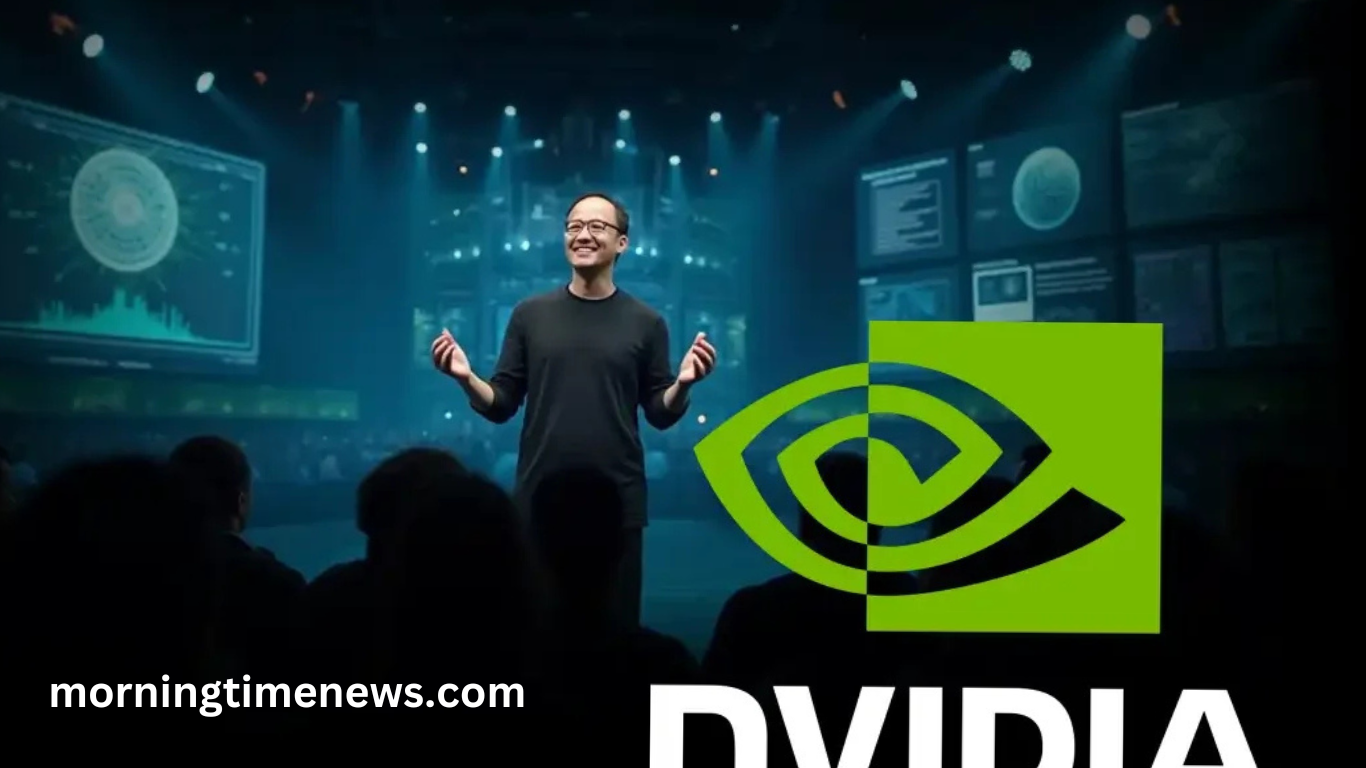Nvidia’s GPU Technology Conference (GTC) has always been a platform to showcase innovation and leadership in AI and computing. This year’s event felt more bullish than ever, with CEO Jensen Huang emphasizing the company’s dominance in AI hardware and software. However, despite the excitement, Nvidia faces mounting challenges that could impact its trajectory.
Expanding AI Leadership and Product Innovations
Nvidia continues to push boundaries in AI and computing with new product announcements, including the next-generation GPUs and AI accelerators. The company’s advancements in high-performance computing (HPC) and AI training models further strengthen its industry leadership. Nvidia’s growing ecosystem, including partnerships with cloud providers and enterprises, signals confidence in its AI-driven future.
Rising Competition in the AI Chip Market
While Nvidia remains the dominant force in AI hardware, competition is intensifying. Companies like AMD, Intel, and specialized AI chipmakers are investing heavily in AI acceleration technologies. Emerging players such as Google’s TPUs (Tensor Processing Units) and Amazon’s custom AI chips are creating alternatives that challenge Nvidia’s monopoly in AI data centers.
Supply Chain and Production Constraints
Global semiconductor supply chains continue to face disruptions, affecting Nvidia’s ability to meet demand. Chip shortages, manufacturing bottlenecks, and geopolitical factors add pressure to production and pricing. As demand for AI hardware skyrockets, Nvidia must navigate these constraints while ensuring supply stability for its customers.
Read More : How AI Is Changing the Way the World Builds Computers
Regulatory and Geopolitical Pressures
Nvidia is increasingly under scrutiny from global regulators. Export restrictions on AI chips, particularly concerning China, could impact revenue streams and future growth. Additionally, antitrust concerns surrounding its dominance in AI computing may lead to increased regulatory challenges. Balancing innovation with compliance remains a critical challenge for Nvidia’s long-term success.
The Road Ahead for Nvidia
Despite these challenges, Nvidia remains at the forefront of AI and computing. Its focus on AI software, enterprise adoption, and next-generation chip technology positions it as a leader in the evolving tech landscape. Successfully addressing competition, supply chain issues, and regulatory hurdles will determine how Nvidia sustains its momentum in the coming years.
Frequently Asked Questions
What were the key highlights of Nvidia’s GTC event?
Nvidia showcased new AI chips, advancements in high-performance computing, and expanded partnerships with cloud providers, reinforcing its AI leadership.
How is competition affecting Nvidia’s dominance in AI?
Rivals like AMD, Intel, and cloud providers with custom AI chips are challenging Nvidia’s dominance, offering alternative AI acceleration solutions.
What supply chain issues is Nvidia facing?
Global semiconductor shortages, manufacturing bottlenecks, and geopolitical tensions are affecting Nvidia’s ability to meet the high demand for AI hardware.
How do regulatory challenges impact Nvidia?
Export restrictions, particularly on AI chips to China, and increasing antitrust scrutiny could limit Nvidia’s market expansion and revenue growth.
What is Nvidia doing to stay ahead in AI computing?
Nvidia is investing in next-generation AI chips, expanding its software ecosystem, and forming strategic partnerships to maintain its market leadership.
How does Nvidia’s AI software contribute to its success?
Nvidia’s AI platforms, such as CUDA and TensorRT, provide developers with powerful tools to optimize AI workloads, enhancing its competitive advantage.
What role does cloud computing play in Nvidia’s strategy?
Nvidia collaborates with cloud providers to offer AI-powered computing solutions, ensuring wider adoption of its technology across industries.
What is the future outlook for Nvidia?
Despite challenges, Nvidia remains a key player in AI and computing, with continued innovation in hardware and software driving its long-term growth.
Conclusion
Nvidia’s optimism at GTC reflects its strong position in AI, but challenges loom large. With increasing competition, supply chain constraints, and regulatory scrutiny, the company must navigate a complex landscape. By doubling down on AI innovation, expanding software capabilities, and strengthening partnerships, Nvidia can sustain its leadership in the AI-driven future. Strategic adaptation and resilience will be key to overcoming the obstacles ahead.

